10 minute read
Welcome to the latest in a series of posts we’re putting together on what MOT data can tell us about which cars you should be looking at when buying used. We’ve carried out an analysis of the MOT history data published by the government and have discovered some interesting things about the condition of the cars that are on Britain’s roads today.
Today we’re looking at small cars, which are also sometimes called city cars, and which would include cars like the Fiat 500, Ford Ka and Citroen C1. These are often first cars, so hopefully we can help answer questions like “what’s the most reliable car for a new driver?” and what’s a good first car?”.
Here at CarXpert we’ve developed a unique way of rating cars based on their MOT history. We give cars a rating of between one and five stars based on their MOT failures, MOT advisories, and overall MOT history. The star rating system is explained below.
A car’s MOT history can give you a good idea of both its condition and how well it’s been looked after. If you have a used car that you’re considering, enter the registration number here and CarXpert will give you its ratings. And it’s free!
Using our rating system, we’ve identified which small cars perform best when they have an MOT.
How We’ve Calculated Our Rankings
To come up with our rankings we’ve analysed MOT results for cars that are between 6 and 11 years old using our CarXpert algorithms. We used this age range because we wanted to look at cars that had had a number of MOTs, as we’re assuming that people tend to keep their cars for a few years so would like to know which are the best cars over a period of time. We’ve looked at both items that have caused cars to fail their MOTs and also advisory items that owners have been made aware of by MOT testers. CarXpert’s algorithms gives each car a star rating for Failures and Advisories, and then we’ve looked at the average ratings for both for each make and model.
How CarXpert’s Star Ratings Work
CarXpert has analysed huge amounts of data about MOT results and can rate cars on a 1 to 5 star scale in terms of how good their MOT results are compared to cars of the same age:
- For a car to get five stars it must have had zero failure or advisories – nothing has ever been reported by an MOT tester
- A four star car is one with better than average MOT results – some issues have been found during MOTs, but fewer than the typical number
- A three star car is around the average for MOT results – this car has had about the number of issues found that would be expected
- A two star car is worse than average for MOT results – more issues have been found during MOTs than would be expected
- A car that only gets one star has much worse than average MOT results – a lot more issues have been found at MOTs than would be expected
How We’ve Identified Issues To Look Out For
As well as ranking each make and model, we’ve also used CarXpert’s technology to analyse what items typically cause each type of car to fail MOTs, and therefore what you should be looking out for if you’re thinking of buying one. The most common reasons that all types of cars fail MOTs on are normal wear and tear items like tyres, wiper blades or bulbs, but there are usually issues that occur more frequently on particular types of car, and it’s those that we’ve highlighted for each car in our list.
That’s enough explanation, here’s our ranking of the five best small cars.
1 Volkswagen Up! / Seat Mii / Skoda Citigo
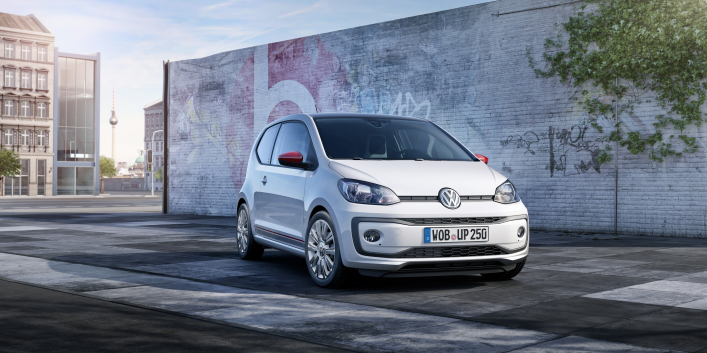
In number one spot on our list is Volkswagen’s Up! and its cousins the Seat Mii and Skoda Citigo with an average rating of 3.89. We’ve grouped these cars together as they are essentially the same model with some styling changes, and there aren’t large differences between the scores of the individual models.
Below you can see the percentage of these cars that get one to five stars on CarXpert’s rating system.

While these cars have the best overall MOT results, there are a few things you should look out for if you’re considering buying a used example.
Brakes are something that definitely need to be checked. Rear brakes are prone to binding (sticking on), and front brakes can provide fluctuating levels of braking, both of which can lead to MOT failures. Make sure the brakes pull the car up smoothly and in a straight line, and when you finish your test drive feel if either of the rear wheels feels warmer than the front ones – if a brake is binding it will tend to heat the wheel up. While we’re talking about brakes, also check that the handbrake will hold the car on a slope, as these cars are more prone to having a poor handbrake than average.
Another thing that can happen more than average is for the airbag failure light to come on, so make sure that comes on with the ignition and goes out after the engine has started.
Fuel caps can leak, so have a good look at those – take the cap off and have a look at the condition of the seal in the filler neck.
If you want more information about these cars, e.g., what the trim levels are, engine choices and luggage capacity, you can find a buyer’s guide here.
2 Toyota IQ
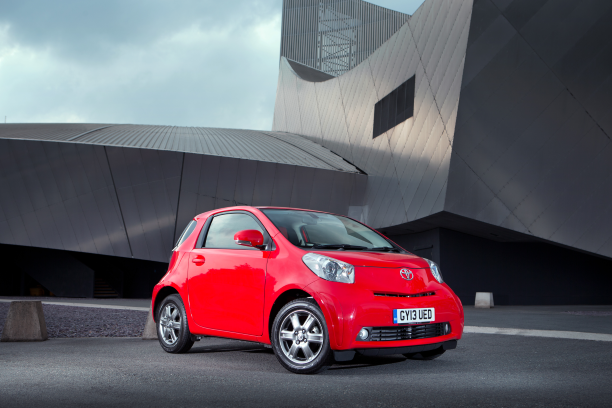
Toyota’s quirky IQ is second on our list with an average rating of 3.83.
Here’s how the IQ performs across CarXpert’s ratings

As IQs get older their rear brake pipes can corrode, which unfortunately is not something you can really see without getting the car up on a ramp. Therefore the best thing to do is have a look at the MOT history (which you can do on CarXpert once you’ve rated a car) and see if there is any mention of brake pipe corrosion.
Another thing that isn’t easy to check when looking at a used car is how much life is left in the brake pads. IQs are unusually likely to fail an MOT because their front brake pads are too low, so ask the seller if the pads have been changed recently, and look at the last MOT to see if there was any mention of the brake pads as an advisory.
While we’re talking about brakes, the rear brake discs are can wear out more than is usual, so again check the MOT history for any comments on the condition of the rear discs.
Headlamps not working is something IQs seem prone to, so make sure they are both working.
Airbag warning lights can stay on, indicating a fault, so make sure the airbag or SRS light comes on with the ignition and goes out once the engine is running.
If you’d like more information on the IQ, including specifications, fuel consumption and used prices, you can find it here.
3 Suzuki Splash
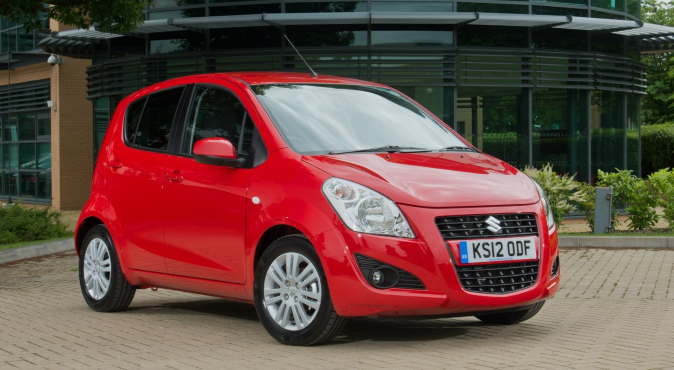
Another Japanese car comes in at number three in our ranking, the Suzuki Splash getting an average rating of 3.59
Here’s a summary of how the Splash’s ratings broke down:

Once again, brake pipes can corrode, but on the Splash this can be at the front or the rear, so check the MOT history for any advisories that mention the brake pipes.
Another thing that is worth looking for in the MOT history as you can’t easily check when viewing a car is anything about wear in the front suspension, as bushes and ball joints can wear out and result in an MOT fail.
Make sure the handbrake holds the car fully when on a hill, as ineffective handbrakes crop up more than average as a cause of Splashes failing an MOT. As with the UP!, rear brakes have been known to bind, so the same advice about checking the rear wheel temperature after a test drive applies.
Front springs can fracture, which isn’t something you can really see at the roadside, so listen out for any clonking or banging noises on the test drive, particularly when driving along any rough patches of road.
If you’d like to know more about this little Suzuki, there’s a buyer’s guide here.
4 Toyota Aygo
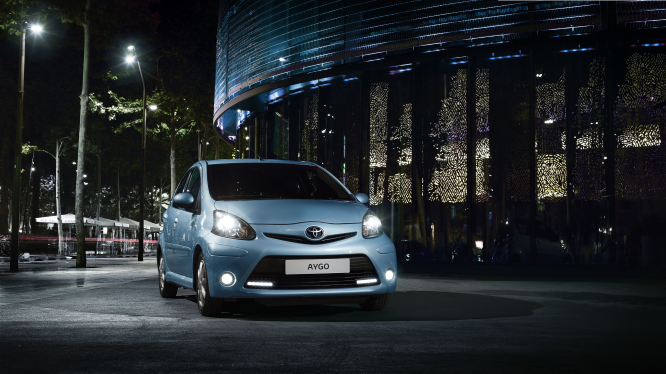
Number four in our list of the best minis is another Japanese car, the Toyota Aygo, with an average rating of 3.51. While the Citroen C1 and Peugeot 107 are essentially the same car, unlike the Volkswagen Up! and its Skoda and SEAT siblings, the ratings vary significantly between the Toyota, the Peugeot and the Citroen, with the Toyota having better average ratings.
Here’s how Aygos break down across CarXpert’s rating system

As with some of the other cars in our list, the rear brakes can bind, and the front brakes can provide fluctuating levels of braking. So find a safe place on the test drive to brake hard to check that the car pulls up smoothly and in a straight line, and make sure neither of the rear wheels feels warmer than the front ones at the end of the test drive, as a warm wheel can indicate a binding or sticking brake. Also when on the test drive listen for any unusual whirring noises, particularly when going round corners, as wheel bearings seem to be a bit of an Aygo weakness, and that kind of noise could indicate they are wearing out.
Rear brake pipes can corrode, so check the MOT history for any mentions of corrosion.
Front brake discs wear out and can cause MOT failures more than is typical, so advisories about the front discs are another thing to look for in the MOT history.
One unusual cause of MOT failures for the Aygo is the hazard warning lights not working, so make sure you try those out when looking at the car.
Aygos can fail MOTs because of too high a reading on their exhaust emissions. That’s not something you can check, so have a look at the MOT history, and if emissions have been mentioned ask the seller what was done to rectify the problem.
Here’s a link to an Aygo buyer’s guide if you’d like more information on things like specifications, fuel economy and luggage space.
5 Hyundai I10
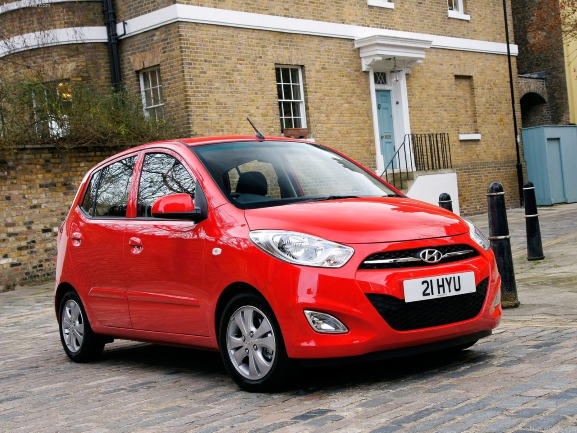
Hyundai’s i10 comes in a number five, with an average rating of 3.50.
Here’s the proportion of i10’s that get rated into each of CarXpert’s five categories

Once again, rear brake pipe corrosion can cause these cars problems come MOT time, so have a look at the MOT history for any i10 that you’re interested in.
Brakes can become imbalanced, providing more braking on one side of the car than the other, so find a safe place on the test drive where you can brake hard and check that the car doesn’t pull to one side.
As with some of the other cars in our list, the handbrake can cause an MOT fail if it doesn’t hold the car properly, so check that the car doesn’t move on a hill with the handbrake on.
Front suspension ball joints can wear, so have a look for any advisories about that in the MOT history of any i10s that you’re interested in.
For some reason i10s fail their MOTs on lights not being working than other cars, so make sure all lights come on.
You can get more information on i10 specifications, fuel economy and engine choices here.
We hope you found this article useful, and remember, you can get a CarXpert rating for free on any used car you’re interested in – just click on this link and enter the registration number. In the meantime, would be great to hear your feedback on this article in the comments.